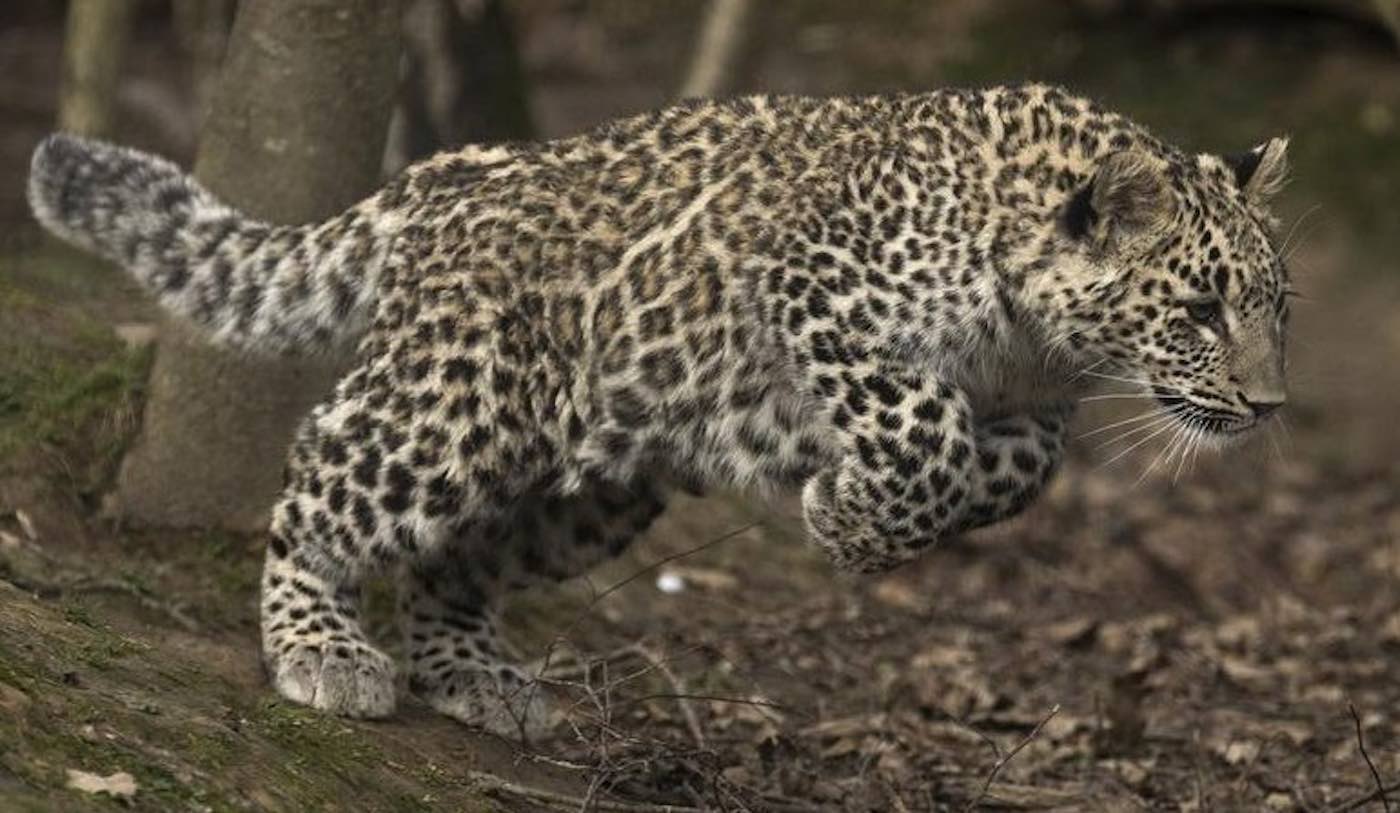Under the auspices of the Russian chapter of the World Wildlife Fund, a pair of Persian leopards, a species that numbers less than 50 individuals in the Russian Federation, were released as part of a captive breeding program to try and revitalize a declining species.
Kodor (male) and Laba (female) were born and brought up in a special Leopard breeding and training center in Sochi National Park which was established in the Caucasus Mountains back in 2009. They were released as adults, having learned independence, hunting skills, and socialization within the safety of captivity to ensure they stand a chance at surviving long enough to help the species recover.
“Kodor and Laba successfully passed all the exams, so we have no doubt that they will adapt perfectly to the natural environment. Taking into account that two males (Akhun and Artek) are already living on the territory of the Caucasus Reserve, and another one was released today, we hope that this year a pair can be formed that will bring the first kittens born in the wild,” said Dmitriy Gorshkov, Director of WWF-Russia.
This is the organization’s third successful reintroduction of leopards into the Caucasus, but it was a record that wouldn’t last long, as merely 5 days later, on August 25th two more charismatic felines lept from wooden cages into the bosom of the Russian wilderness.
Gorshkov spoke beautifully regarding the release of Baksan (male) and (Agura) and what it means to the natural heritage of the Caucasus as well as to the Russian culture.
“We not only return two fabulous graceful cats, but we are bringing back the symbol of the Caucasus. Leopards are the ones to bring together a lot of people from across the country and unite them with one aim. This release and the reintroduction program itself shows the world that humanity has realized the mistakes of the past and is ready to fix them,” he said at the release.
PICTURED ABOVE: Copyright WWF/David Manganelli
If you think the stories you’ve just read were worth a few dollars, consider donating here to our modest $500-a-year administration costs.




